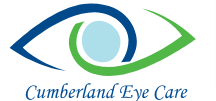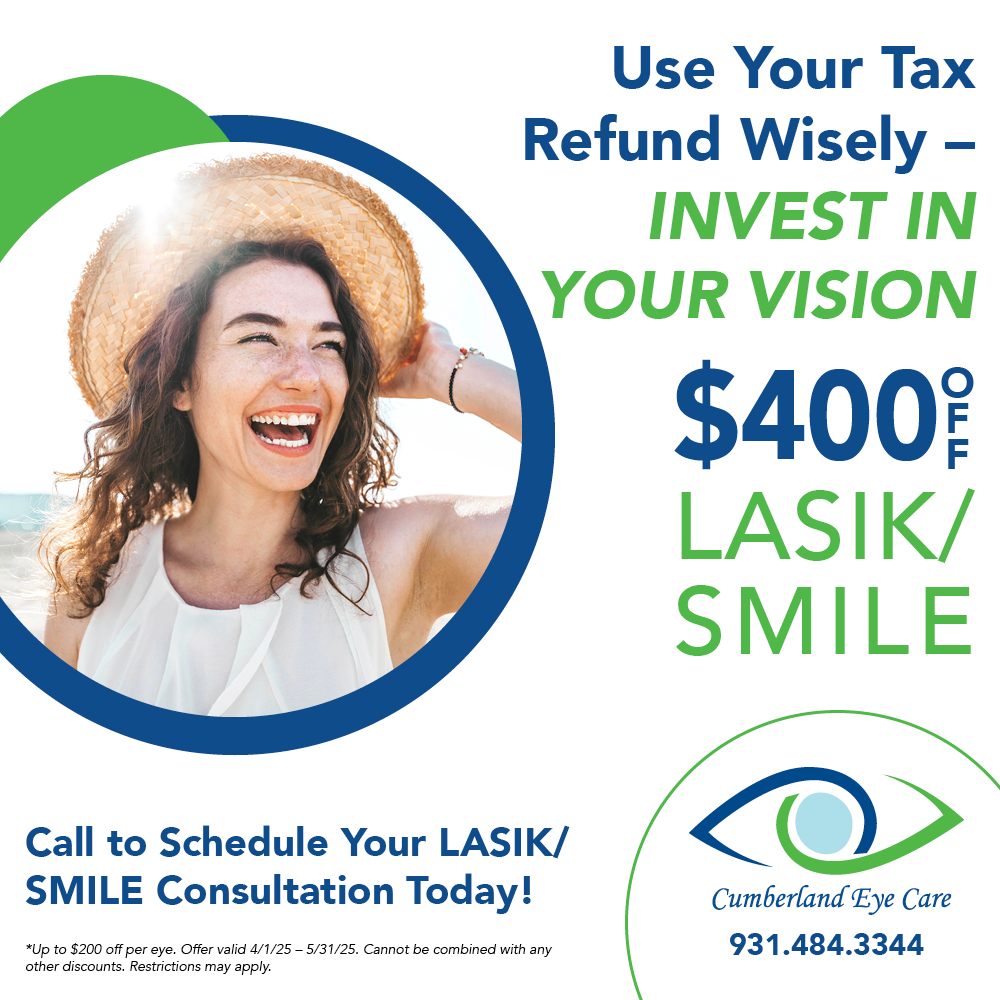July is Dry Eye Awareness Month
Posted by: Cumberland Eye Care in Eye Health on July 2, 2024

July is National Dry Eye Awareness Month. It’s important to understand that dry eye disease, a multifactorial condition, affects a significant portion of the population, with an estimated 25 million people in the United States alone. Despite its prevalence, it’s often under-recognized and under-diagnosed. We aim to equip you with the knowledge that could make a difference for you or your loved one.
According to the American Academy of Ophthalmology, dry eye is a condition where the eyes lack sufficient quality tears to lubricate and nourish. It’s important to realize that tears are not just a sign of emotion but a vital component in maintaining the health of the eye’s front surface and ensuring clear vision.
Did you know that dry eye is common and often a chronic problem, particularly in older adults? An article published in the Journal of Global Health reported that studies have shown the prevalence of dry eye ranges from 5 percent to as high as 50 percent in different populations worldwide. In the United States, a survey by Market Scope estimates that 17.2 million were diagnosed with dry eye in 2019.
Dry Eye Symptoms
Here are a few symptoms of dry eye:
- Feeling like something is in your eye (foreign body sensation)
- Red eyes
- Itchy eyes
- Fatigued eyes
- Burning sensation
- Photophobia (Light Sensitivity)
- Discomfort when wearing contact lenses
- Aching sensation
What Causes Dry Eyes?
There are many potential origins of dry eyes. Here are a few of the most common causes.
- Aging – Dry eye can occur at any age, but it becomes more common as you age, especially after age 50.
- Computer usage – When working at a computer or a digital device, we tend to blink our eyes less thoroughly and less frequently. Excessive computer use leads to greater tear evaporation and an increased risk of dry eye symptoms.
- Menopause – Post-menopausal women are at risk of dry eyes more than men of the same age.
- Medications – Many medicines, including antidepressants, antihistamines, blood pressure medications, and birth control pills, increase the risk of dry eye symptoms.
- Indoor environment – Air conditioning and ceiling fans can decrease indoor humidity. This type of environment can accelerate tear evaporation, causing dry eye symptoms.
- Health conditions – Certain diseases, such as rheumatoid arthritis, diabetes, thyroid-associated conditions, and lupus, can contribute to dry eye problems.
- Allergies – Allergies can cause dry eyes, and taking antihistamines to relieve allergies can also cause dry eyes.
Dry Eye Treatment and Prevention
Dry eye disease can have several causes, and providers can use a variety of treatments. Call us to schedule an appointment to get relief for your dry eyes. We will happily determine the best dry eye treatment to keep your eyes comfortable and healthy!


